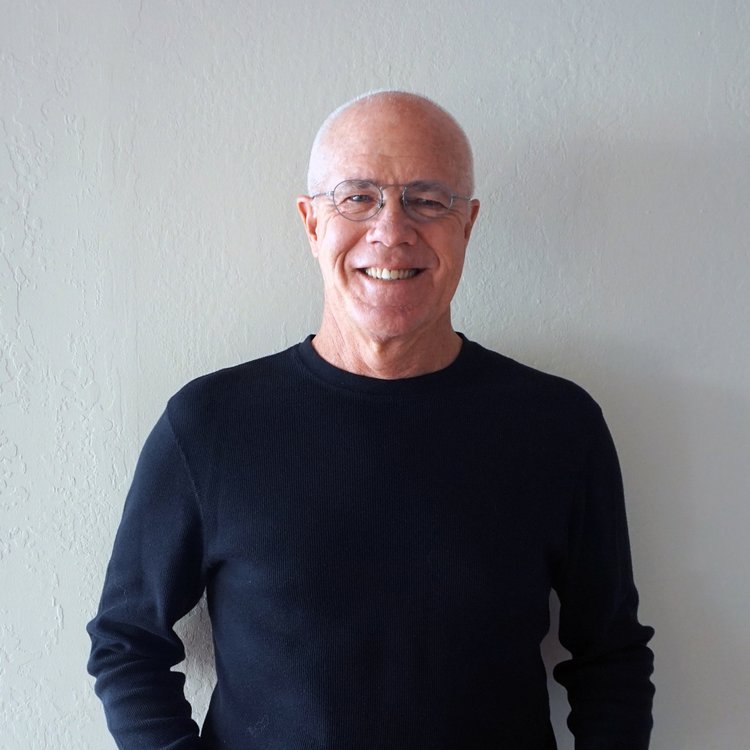First Hit: I was transported back in time and thoroughly enjoyed this film.
For me, what makes a good film is if I am moved intellectually or emotionally and I’m learning from, or interested in the story. What makes a great film is when I’m transported into another place and time, I’m fully engaged and curious about each character, and I’m riding the crest of anticipation about the story as it unfolds.
Great films start with a great story, followed by great acting; however, it is the director who puts this all together in scenes that capture the color, time, place, and essence to make the story great.
Quentin Tarantino as writer and director has delivered a great film. One of the best he’s ever done and, so far, easily the best film of the year.
This story is about a fading actor named Rick Dalton (Leonardo DiCaprio) who is used to playing the heavy in his films. He’s played in westerns and Army characters as shown in black and white flashbacks. This technique of using dated-looking footage to create backgrounds was used for both Dalton and his stunt double Cliff Booth (Brad Pitt).
While Dalton is dealing with his fading career, we learn that Cliff is more than just his stunt double, he’s also Dalton’s closest friend and chauffeur. As they travel from set to set together, we learn more about Cliff with a flashback that he may have killed his wife. This is part of the setup to show that Booth is no pushover and maybe a ruthless hombre. One of the funniest scenes exemplifying this power is the scene with Bruce Lee (Mike Moh). Lee’s squeals as he prepares to strike Booth are hilarious — just an extra-level above the real Bruce Lee. As they begin to square off in a fight to prove who is the toughest, we see the inner power of Booth and his intelligence and physical prowess.
At one point Booth and Dalton are driving through Hollywood, and they encounter a group of “hippy” women digging through a trash bin, these are Charles (Charlie) Manson’s (Damon Herriman) girls. This scene combined with one in which Charlie is confronted by Dalton as he attempts to get up to the former home of Brian Wilson, introduces the audience to the weirdness of and story of the Manson Family. The house he’s trying to go to is next door to Dalton’s and is now occupied by Sharon Tate (Margo Robbie) and Roman Polanski (Rafal Zawierucha). This sets up the tension of what we all know is history.
But that’s what’s impressive about this film. “Once Upon a Time in Hollywood” shines a new and different light on history as we know it. Although the movie does have violence, it changes the outcome of the original Manson murders in a way that left me reflective of the actual murders and the era in which they took place.
The effectiveness of the sets, as this film is set in the late 1960s, is phenomenal. I grew up in Southern California and outside of one freeway exit sign, which was too new, everything was just as it was in the Hollywood area back then. The Cinerama theater, the restaurants, the business signs, and the street scenes were all fantastic. But it was the cars that touched my heart the most when I think of the time. Dalton’s caddy, Polanski’s MG, Mustangs, Volkswagens, all of them, perfect. All the cars, whether on the freeway, parked, or driving the streets, were accurate to the time and, for me, cemented the moments.
DiCaprio was phenomenal. Showing Dalton’s insecurities and strengths all within moments of each other – perfect. I especially loved two scenes; when he returned to his trailer after flubbing a couple of lines and he berates himself with mercilessness self-flagellating dialogue. The other scene is when he’s talking to a young actor Trudi (Julia Butters). Their back and forth dialogue was sublime. Pitt was amazing as Booth. This is one of the best roles I’ve seen Pitt in, and it felt like the culmination of all the different parts he’s played, from heavy to a supportive, nice guy. Here he is all of them. Robbie, as Tate, was excellent. She captured the wonder and starry-eyed sense of a young woman finding her place in the world of acting. The theater scenes when she’s watching herself on the screen were powerful. Butters was incredible as the young actor who was serious about her job. Margaret Qualley as Manson girl “Pussycat” was terrific. She captured the free love feeling of the time so very well. Dakota Fanning as Manson girl Squeaky Fromme was powerful. She exemplified the focused control of the situation she put herself in. Moh captured the essence of Bruce Lee plus a little more. Bruce Dern was perfect as a grouchy and funny George Spahn, owner of the ranch that Manson and his followers took over. There are a ton of actors in this film in various sized roles, and I won’t name them all here but suffice to say everyone was outstanding. As I said earlier, Tarantino has peaked, for now, this was his best.
Overall: I was fascinated by this story and the way it unfolded — easily best film of the year so far.
